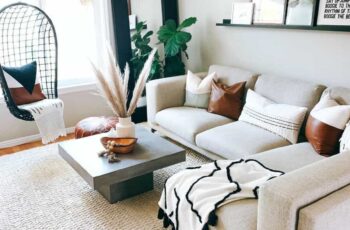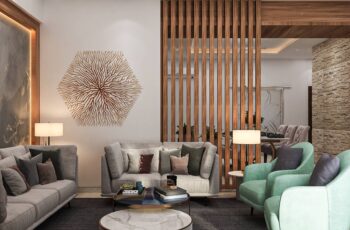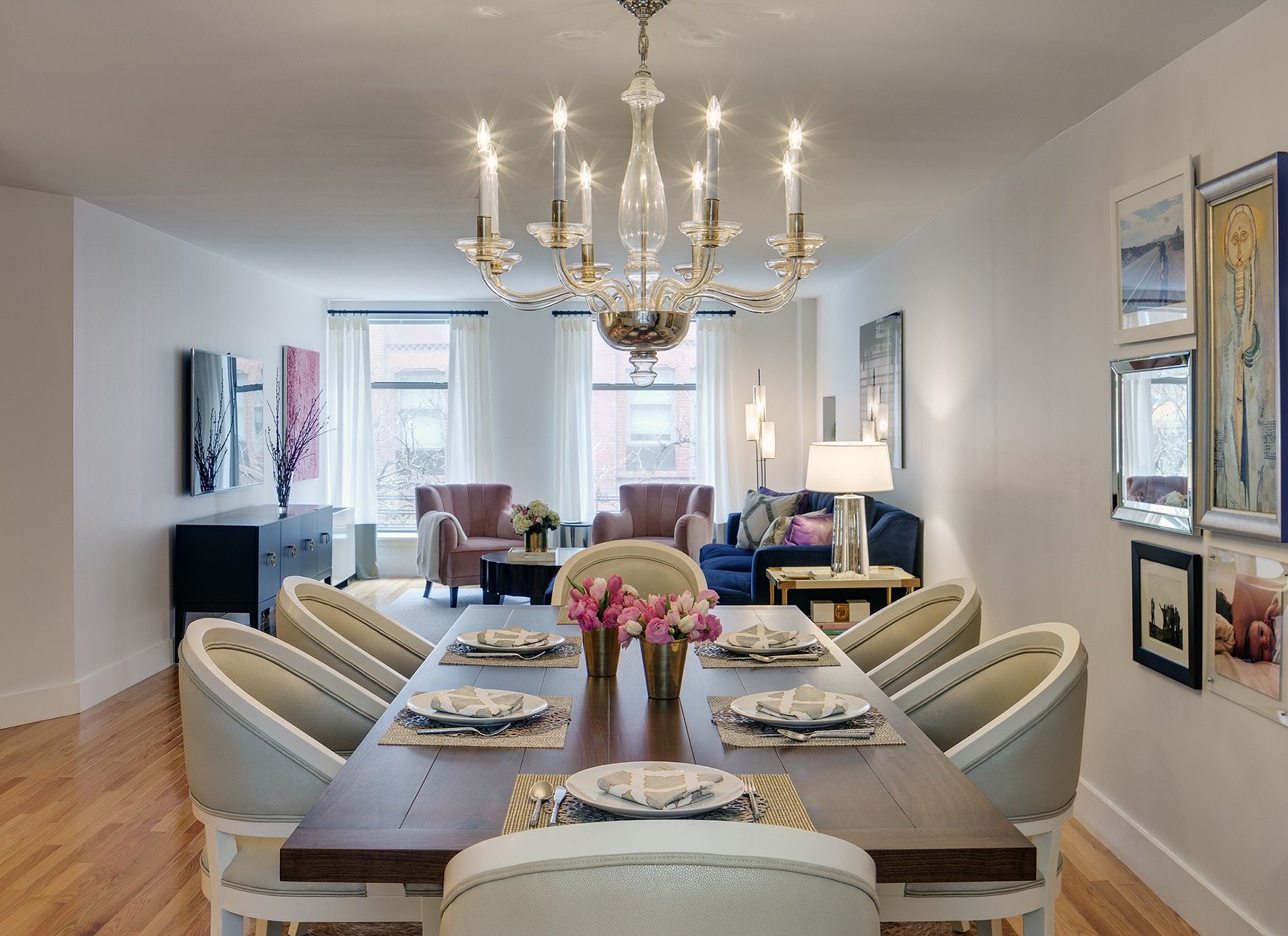
Harmonious Havens: Crafting Beautiful & Functional Living and Dining Spaces
The living room and dining room are more than just collections of furniture; they are the heartbeats of our homes. They are where memories are forged, laughter echoes, and comfort reigns. Whether you envision intimate family dinners or grand entertaining affairs, a serene sanctuary for relaxation, or a vibrant hub for social connection, the way you decorate these pivotal spaces profoundly impacts their functionality, mood, and your overall sense of well-being.
Designing these rooms requires a thoughtful blend of aesthetics and practicality. It’s about creating an environment that reflects your personality, supports your lifestyle, and offers both beauty and utility. This comprehensive guide will walk you through essential decorating ideas for both your living room and dining room, helping you create spaces that are truly an extension of yourself.
The Foundation of Fabulousness: Core Principles for Both Rooms
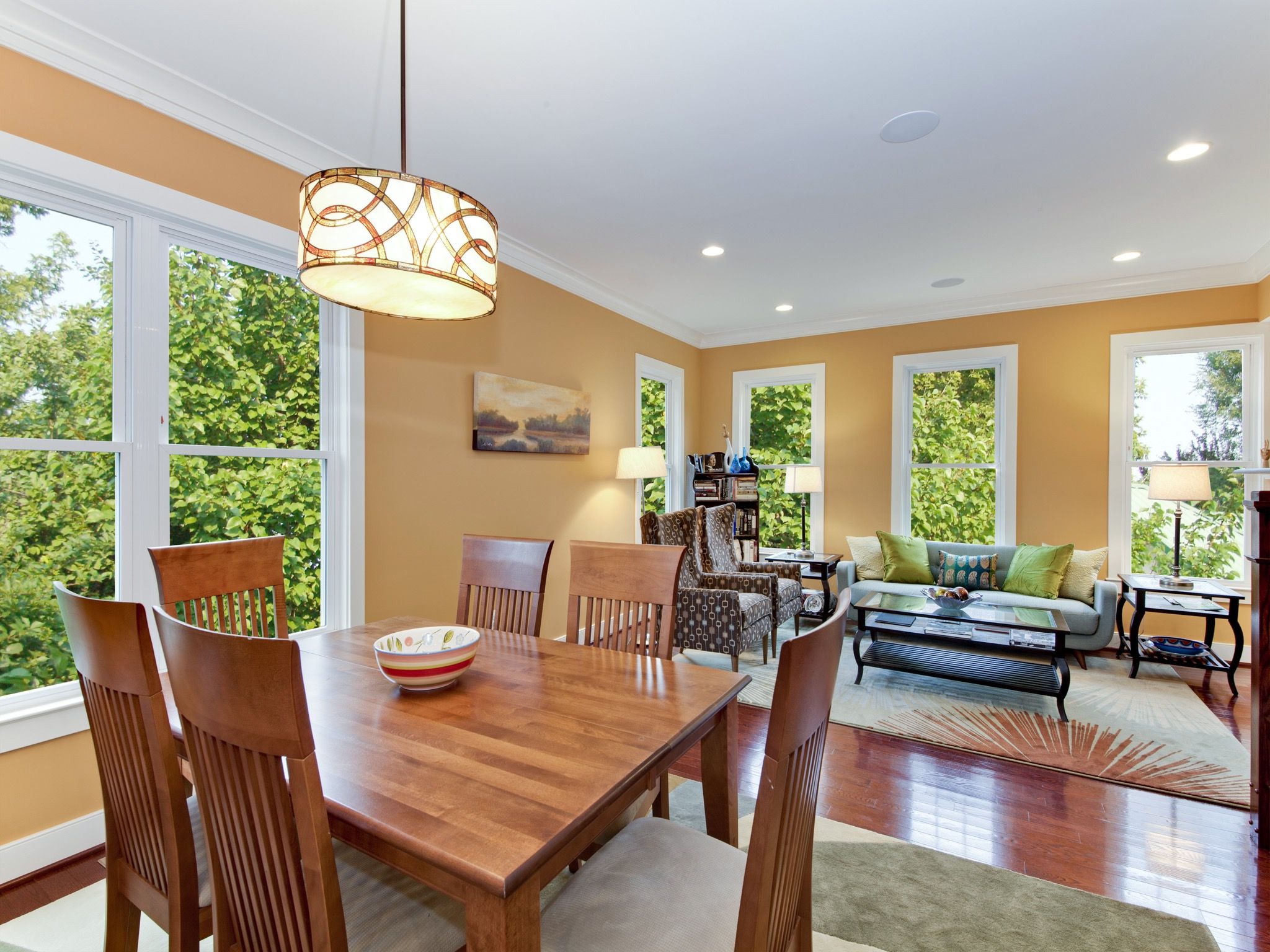
Before diving into specifics, several overarching principles apply to both your living and dining areas, especially if they are part of an open-concept layout.
-
Define Your Style: This is your starting point. Are you drawn to the minimalist elegance of modern design, the cozy charm of farmhouse, the eclectic vibrancy of bohemian, the timeless sophistication of traditional, or something else entirely? Having a clear style vision will guide all your subsequent decisions, from furniture selection to accessory choices. Browse magazines, Pinterest, and design blogs to pinpoint what truly resonates with you.
-
Harmonize Your Color Palette: Color sets the mood. For shared or adjacent spaces, a cohesive color palette is paramount. This doesn’t mean everything has to be the same shade, but rather that colors should complement each other.
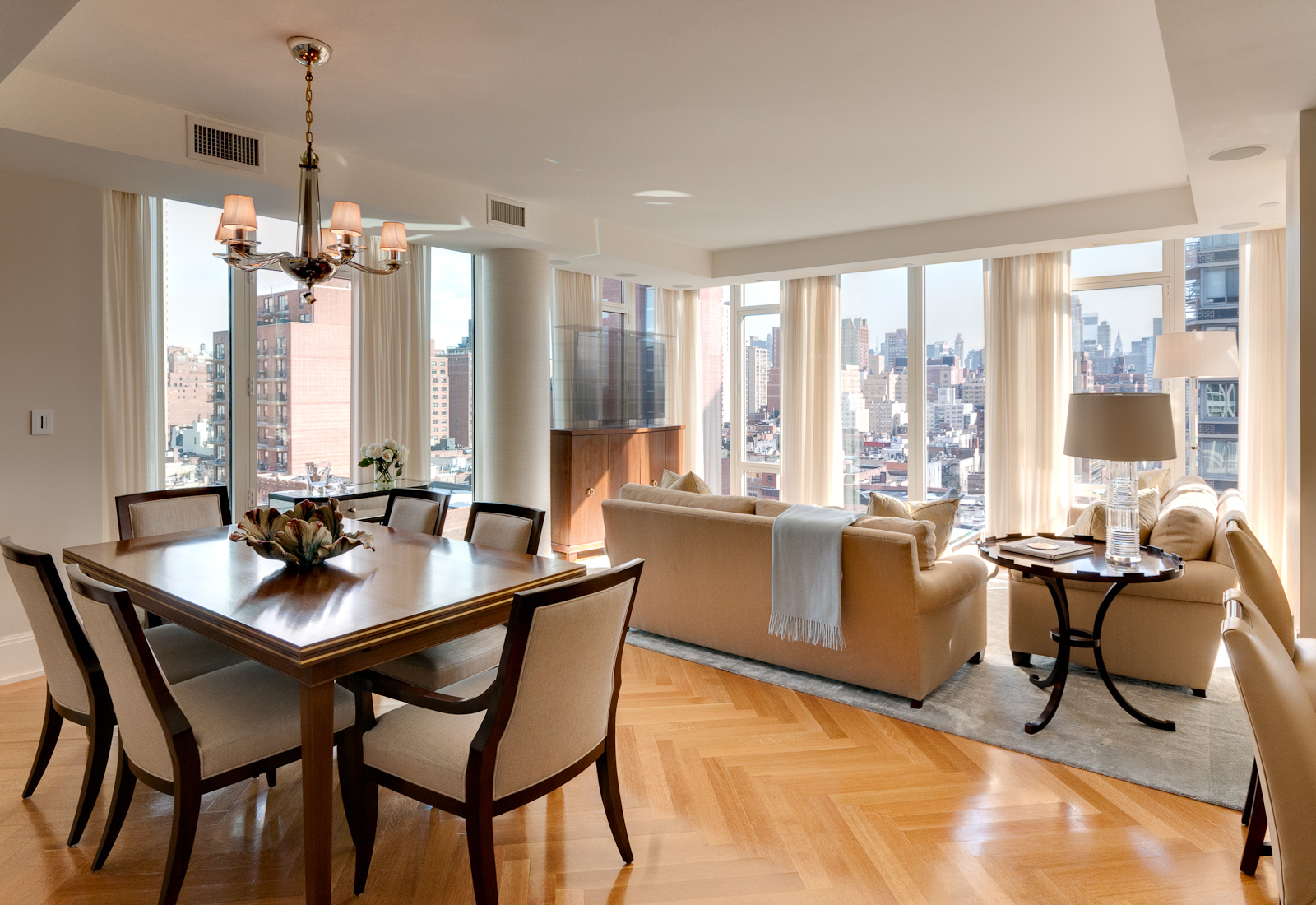
- Primary Colors: Choose 1-2 dominant colors for walls, large furniture, or rugs.
- Secondary Colors: Select 2-3 accent colors for pillows, throws, art, or smaller decorative items.
- Neutral Base: Often, a neutral base (grays, whites, creams, beiges) provides a calming backdrop that allows your chosen colors to pop without overwhelming the space. Consider the natural light in each room; cool tones recede, while warm tones advance.

Master the Art of Lighting: Lighting is arguably the most crucial element in setting the mood and enhancing functionality. Aim for a layered lighting scheme:
- Ambient Lighting: Provides overall illumination (recessed lights, ceiling fixtures, chandeliers).
- Task Lighting: Focuses light for specific activities (reading lamps, pendant lights over a dining table).
- Accent Lighting: Highlights architectural features, artwork, or decorative objects (picture lights, wall sconces, spotlights).
- Use dimmers on all fixtures to control the mood and adapt to different occasions.

-
Prioritize Functionality and Flow: How do you intend to use each room?
- Traffic Flow: Ensure there’s ample space to move around furniture comfortably. Aim for at least 3 feet of clearance for main pathways.
- Furniture Arrangement: Place furniture to facilitate conversation in the living room and ease of movement in the dining room.
- Purpose-Driven Layout: Every piece should serve a purpose, whether it’s comfort, storage, or aesthetic appeal.


-
Scale and Proportion: This refers to how well the size of your furniture and decor items relate to each other and to the size of the room.
- Avoid oversized furniture in small rooms, which can make them feel cramped.
- Conversely, tiny pieces in a large room can feel lost and insignificant.
- Measure your space and furniture carefully before purchasing. Consider the height of ceilings when selecting light fixtures or tall shelving.
-
Personalize Your Space: These rooms are reflections of you. Incorporate elements that tell your story: family photos, travel souvenirs, cherished heirlooms, or a collection of your favorite books. These personal touches infuse warmth and character that no showroom display can replicate.

Crafting Your Living Room Oasis
The living room is often the heart of daily life – a place for unwinding, entertaining, and connecting.
-
The Anchor Piece: Sofa and Seating:
- Comfort is Key: Your sofa should be comfortable first and foremost. Test it out!
- Size Matters: Choose a sofa proportionate to your room size. A sectional works well in larger rooms for ample seating, while a smaller apartment may benefit from a loveseat or a three-seater with accent chairs.
- Arrangement: Create conversation areas. Place sofas and chairs facing each other or in an L-shape to encourage interaction.
- Accent Chairs: Add variety in shape, texture, and color with accent chairs. They offer additional seating and visual interest.
-
Tables and Surfaces:
- Coffee Table: Should be within easy reach of the sofa (about 14-18 inches away) and roughly two-thirds the length of your sofa. Consider its shape for flow – round or oval tables are great for high-traffic areas.
- End Tables: Place next to sofas or chairs, at armrest height, to hold lamps, drinks, and books.
- Console Table: Perfect behind a sofa or against a wall, offering display space and often additional storage.
-
Rugs: Defining Zones and Adding Warmth:
- An area rug anchors the seating arrangement and adds texture, color, and warmth.
- For a unified look, at least the front two legs of all main seating pieces should rest on the rug. Ideally, all furniture legs should be on the rug for a truly cohesive feel.
-
Wall Decor and Art:
- Gallery Walls: A collection of framed art, photos, or mirrors can create a stunning focal point. Vary frame sizes and styles for an eclectic look, or keep them uniform for a more structured feel.
- Large-Scale Art: A single, oversized piece of art can make a dramatic statement and set the tone for the room.
- Mirrors: Strategically placed, mirrors can reflect light, make a room feel larger, and add sparkle.
-
Textiles and Soft Furnishings:
- Pillows and Throws: These are your best friends for adding layers of texture, pops of color, and instant coziness. Mix patterns, textures (velvet, knit, linen), and sizes.
- Curtains/Drapery: Soften windows, add privacy, and control light. Choose fabrics that complement your style and color palette. Hang curtains high and wide to make windows appear larger.
-
Accessorize with Intention:
- Books and Decorative Objects: Arrange books on shelves or coffee tables. Group decorative objects in odd numbers (e.g., three vases of varying heights).
- Greenery: Plants (real or high-quality faux) bring life, freshness, and a natural element into the room.
- Trays: Use trays on coffee tables or ottomans to corral remotes, candles, or small decorative items, creating a sense of order.
Designing Your Dining Room Sanctuary
The dining room, whether formal or casual, is where meals become experiences and conversations flow.
-
The Centerpiece: Dining Table and Chairs:
- Table Size and Shape: Choose a table that fits your space and typical guest count.
- Rectangular: Most common, versatile for various group sizes with extensions.
- Round: Excellent for conversation, as everyone is equidistant. Good for smaller spaces.
- Square: Ideal for intimate gatherings, but less flexible for larger groups.
- Ensure there’s at least 36-48 inches of clearance between the table and walls/furniture for easy movement.
- Chair Comfort: Dining chairs should be comfortable for extended sitting. Consider upholstery for added comfort and style. Mix and match chairs for an eclectic look, or keep them uniform for a classic feel.
- Table Size and Shape: Choose a table that fits your space and typical guest count.
-
Lighting Over the Table:
- Chandelier/Pendant: This is typically the main focal point of the dining room. Hang it 30-36 inches above the tabletop (for an 8-foot ceiling) to avoid obstructing views while providing ample light.
- Sconces/Lamps: Wall sconces or a buffet lamp can provide ambient light and add a layer of warmth.
-
Storage and Serving:
- Buffet or Sideboard: An invaluable piece for storing dinnerware, linens, and serving dishes. It also provides a surface for serving food or displaying decorative items.
- China Cabinet/Display Cabinet: If space allows, a china cabinet offers a beautiful way to display treasured dinnerware and glassware while keeping it dust-free.
-
Wall Decor:
- Art: A large piece of art or a series of coordinating prints can enhance the room’s aesthetic.
- Mirrors: A large mirror can amplify light and make the dining room feel more expansive.
- Wainscoting or Wallpaper: Adding architectural detail like wainscoting or a feature wall with elegant wallpaper can elevate the room’s sophistication.
-
Tabletop Styling:
- Centerpiece: A beautiful centerpiece (flowers, candles, a decorative bowl) adds elegance even when the table isn’t set for a meal. Keep it at a height that doesn’t impede conversation.
- Linens: Tablecloths, runners, and placemats protect the table and add texture and color.
- Place Settings: Even when not in use, a few elegant place settings can make the dining room feel ready for guests.
Seamless Transitions: Decorating Open-Concept Spaces
For homes where the living and dining areas flow into one another, creating a cohesive yet distinct design is key.
-
Unified Color Palette: As mentioned, maintaining a consistent color scheme across both areas is crucial for visual harmony. Use varying shades or textures within the same color family to create interest.
-
Consistent Flooring: Using the same flooring (hardwood, tile, or a consistent rug choice) throughout the open space helps to visually connect the areas and create a sense of expansive flow.
-
Define Zones with Furniture and Rugs:
- Area Rugs: Use a large area rug in the living room to define the seating area. A different, perhaps smaller or round, rug can be used under the dining table to delineate that zone.
- Furniture Placement: Arrange furniture to create natural pathways and "invisible walls." A sofa facing away from the dining area, or a console table behind it, can signal the end of one zone and the beginning of another.
- Bookcases/Shelving: Open-back bookcases can serve as subtle room dividers without blocking light or flow.
-
Cohesive Lighting: While each area will have its specific lighting needs (e.g., a chandelier over the dining table, lamps in the living room), ensure the style and finish of light fixtures complement each other.
-
Echo Elements: Repeat certain design elements in both spaces. This could be a recurring accent color, a specific metallic finish (e.g., brass accents in both rooms), or a similar type of artwork frame. This creates a visual rhythm and reinforces the connection between the spaces.
-
Maintain Flow and Sightlines: Avoid placing tall, bulky furniture that blocks sightlines between the living and dining areas. The goal is an open, inviting atmosphere where the eye can travel smoothly.
Bringing It All Together
Decorating your living and dining rooms is an exciting journey of self-expression. Start by defining your vision, then layer in functionality, comfort, and personal touches. Don’t be afraid to experiment, rearrange, and evolve your spaces over time. With thoughtful planning and a dash of creativity, you can transform these essential rooms into harmonious havens that not only look beautiful but also truly enhance your everyday life and special occasions.

Harmonious Havens: Crafting Beautiful & Functional Living and Dining Spaces pictures collections gallery
Harmonious Havens: Crafting Beautiful & Functional Living and Dining Spaces is a nice pictures and stock photo for your computer desktop or your smartphone device (ipad, tablet, blackberry, iphone, and other device) and also for your personal use. Free available for desktop wallpaper or additional image collections for your all needs. And was uploaded by admit at date August 3, 2025. You can download it in your computer by clicking download button to save image... have nice day and have fun guys..
This 1 image in featured post from 0 Photos/images Gallery and awesome picture selections about Harmonious Havens: Crafting Beautiful & Functional Living and Dining Spaces is available to download. "Download & Save" images/pictures/wallpapers now and this Is one of the post that listed in packed to Category is Living Room Design Ideas directory, with image dimension/resolution size is 1900 × 1381 px and size image/picture file is 338 KB with original link post ID is : https://powae.pw/harmonious-havens-crafting-beautiful-functional-living-and-dining-spaces/. Get download/save images in post and gallery, "download" images or "preview" it on a bigger image for spesification sample in Large size (full attachment size) here : [Download & View to Large size]. Just Simple way, in thumbnail or in Gallery. *Click images to view Large Size.We collect this wonderful image from online and choose one of the best for you. Pictures collection that posted here was carefully chosen and published by author after choosing the ones which are best among the others. So, ultimately we make it and here these list of best image for your inspiration and informational reason regarding the Harmonious Havens: Crafting Beautiful & Functional Living and Dining Spaces as part of blogsite exclusive updates collection. So, take your time and find the best informations and pictures posted here that suitable with your needs and use it for your own collection and personal use. About Image information: Image has been submitted and You are able to give your opinion as evaluations to our web site value.
Don't forget to comment if you interest with this images, you can share this post to social media like as facebook, twitter, google+, pinterest, stumbleupon, and more. just click social media buttons for share this post Harmonious Havens: Crafting Beautiful & Functional Living and Dining Spaces Now. :)
Thanks for your visit, I hope you happy come to opo wae, wis opo wae, and get what you're looking for. And hope sometimes you will come back again here. All you need to do is help us develop by discussing this Harmonious Havens: Crafting Beautiful & Functional Living and Dining Spaces if you like it "leave your comment". have fun, Thank you.



